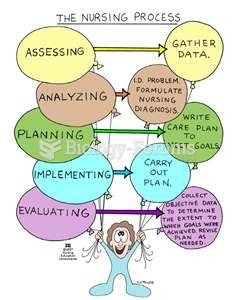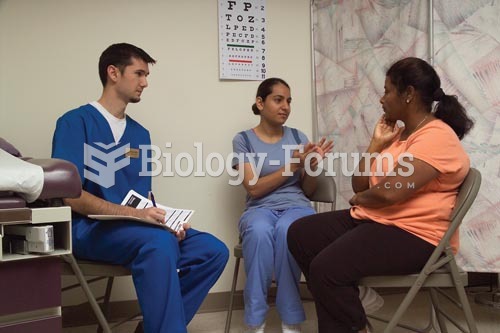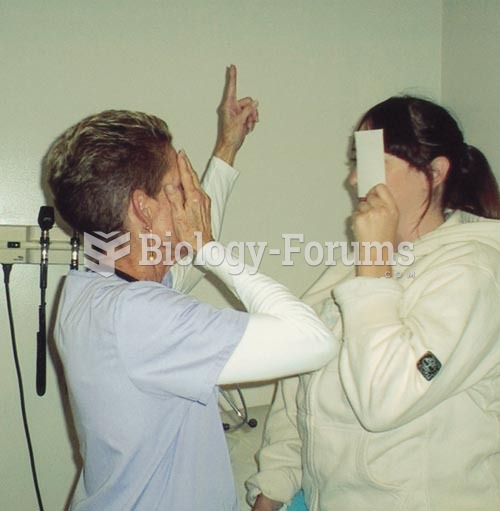Answer to Question 1
Correct Answer: 1
Rationale 1: With the central type of placental separation, blood is trapped between the placenta and uterine wall with concealed bleeding.
Rationale 2: With marginal placental separation, blood passes between the fetal membranes and the uterine wall and escapes vaginally. With central placental separation, blood is trapped between the placenta and uterine wall, and bleeding is concealed. With complete separation, there is total separation of the placenta from the uterine wall, and massive bleeding ensues.
Rationale 3: With marginal placental separation, blood passes between the fetal membranes and the uterine wall and escapes vaginally. With central placental separation, blood is trapped between the placenta and uterine wall, and bleeding is concealed. With complete separation, there is total separation of the placenta from the uterine wall, and massive bleeding ensues.
Rationale 4: With marginal placental separation, blood passes between the fetal membranes and the uterine wall and escapes vaginally. With central placental separation, blood is trapped between the placenta and uterine wall, and bleeding is concealed. With complete separation, there is total separation of the placenta from the uterine wall, and massive bleeding ensues.
Answer to Question 2
Correct Answer: 1
Rationale 1: A diet containing 3,500 kcal (minimum) and 175 g protein is recommended for a woman with normal-weight twins. Teaching about protein sources facilitates adequate fetal growth.
Rationale 2: Pre-eclampsia is not diagnosed until the 20th week of gestation. This patient is only at 18 weeks. Further, blood pressure can be assessed in either arm when the patient is in a sitting position; in a side-lying position, the blood pressure should be assessed in the upper arm.
Rationale 3: Although the incidence of multifetal pregnancy is higher in pregnancies resulting from infertility treatment than in those resulting from spontaneous pregnancies, the cause of the multifetal pregnancy does not impact nursing care.
Rationale 4: Preterm labor is not diagnosed until 20 weeks. This patient is only at 18 weeks. Fetal fibronectin (fFN) testing is not indicated at this time.







